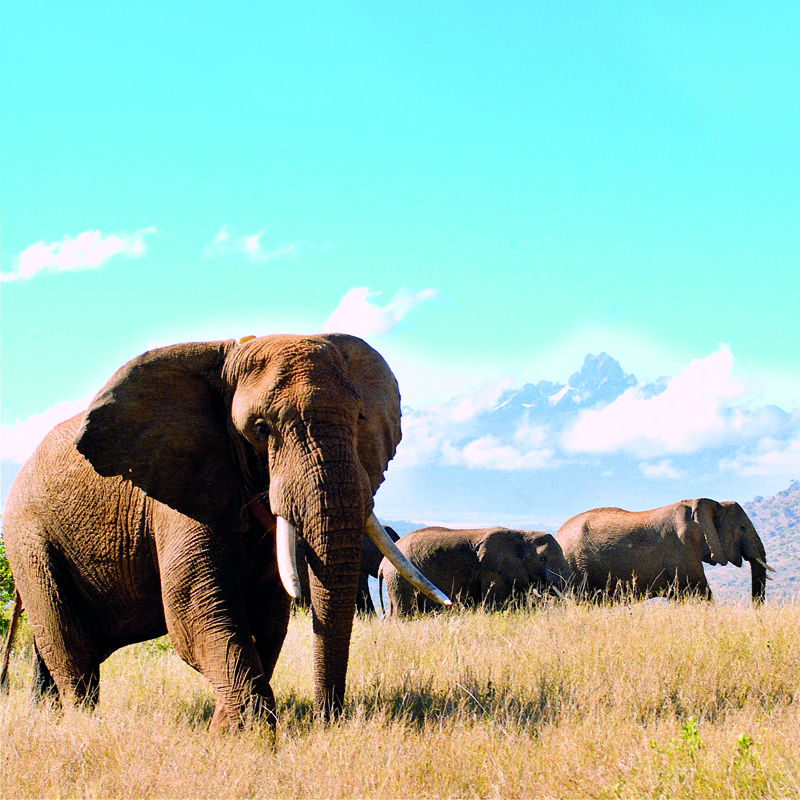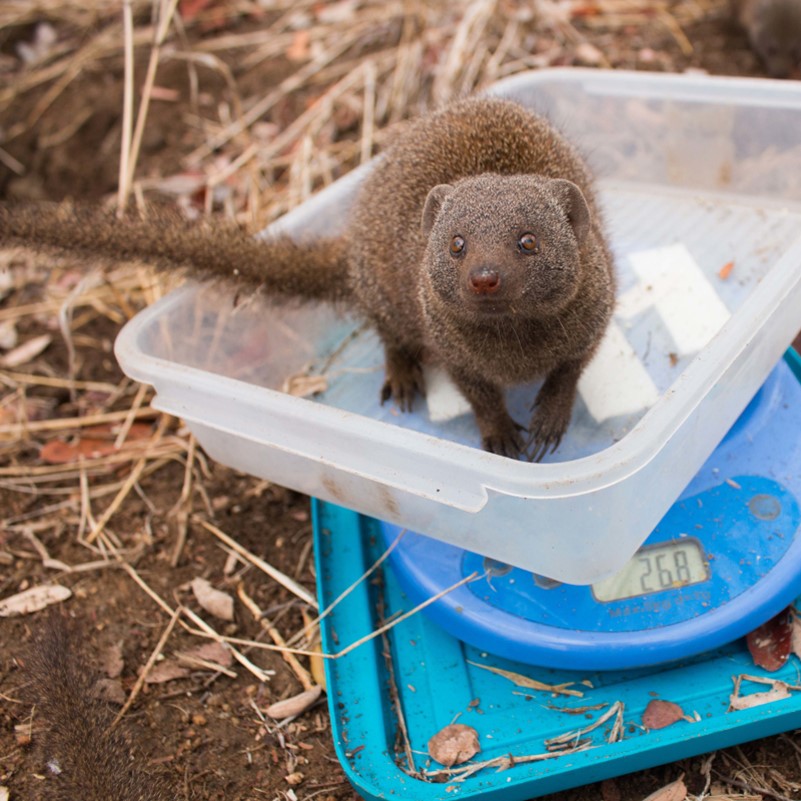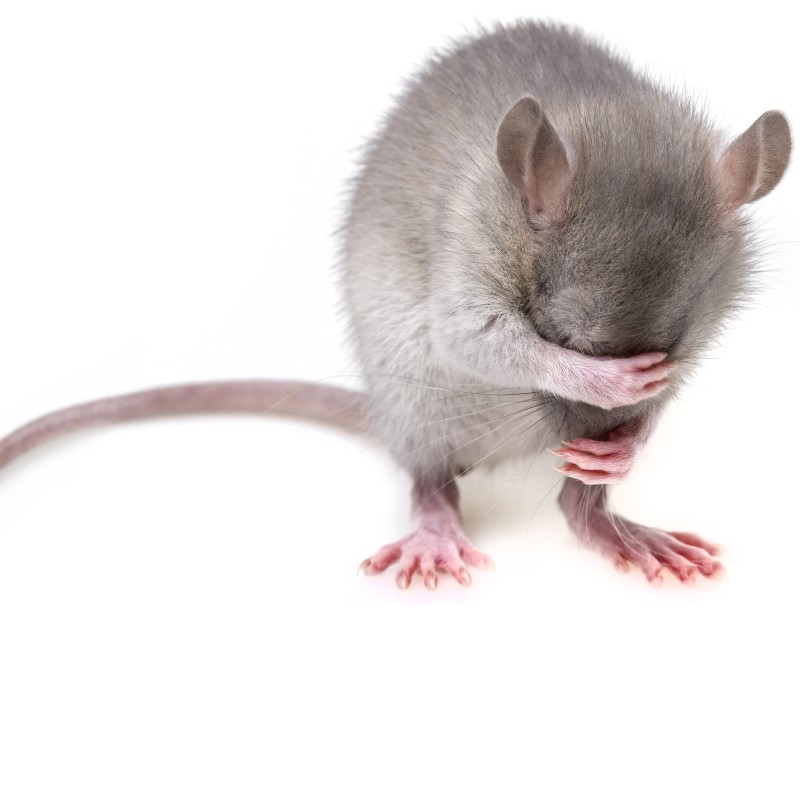A new paper in Proceedings B suggests that hormones like leptin and insulin may govern the decision to sing. We spoke to the first author of the paper, Tracy Burkhard about the study.

When most mice have something to say, they say it in a whisper that is inaudible to human ears; however, mice in the genus Scotinomys (Alston’s singing mouse), sing loud and sing often. A new paper in Proceedings B suggests that hormones like leptin and insulin may govern the decision to sing. We spoke to the first author of the paper, Tracy Burkhard about the study.
Tell us about yourself, your group, and your research?
I am a PhD student advised by Steve Phelps and Mike Ryan in the Ecology, Evolution and Behaviour program at the University of Texas at Austin. The work for this paper was completed by members of the Phelps lab: Steve; Rebecca, a former undergraduate research assistant; and myself. The Phelps lab is interested in understanding why singing mice make long and audible trilling vocalisations—most mouse species make short ultrasonic vocalisations. To answer this broad question, different members of the very diverse Phelps lab focus on different pieces to the puzzle. We’re very much an Integrative Biology lab. As the resident field biologist, my interests take me outside to capture wild singing mice—not a bad gig, since I get to work in the cloud forests of Costa Rica to find them!
What does your paper tell us?
Many biologists are fascinated with conspicuous male sexual displays. A very popular idea is that these elaborate displays are expensive to produce and therefore rely on the body condition of a signaller. This is thought to be an important mechanism explaining variation in male sexual displays, but little is actually known about how males might adjust their display effort based on their body condition. Furthermore, strong empirical support for the relationship between natural variation in condition and display is lacking. One problem is that body condition metrics are often very coarse (for example, body size measures like residual body mass (RBM)). We decided to examine a variety of hormones and nutrients that circulate in the body. Nutrients like glucose and fatty acids reflect short-term changes in an animal’s energetic reserves while hormones like leptin reflect long-term patterns of energetic reserves. We caught wild singing mice (Scotinomys teguina) and recorded their vocalisations. Then, we sampled hormones and nutrients found in their plasma. We found that while RBM predicted variation in “song effort,” a composite variable describing rate and length of singing, song effort was much better explained by hormones that reflect long-term energy stored in fatty tissue, particularly leptin. That is, males that sing “high effort” songs—longer songs and higher song rate—have higher leptin concentrations. Leptin tells a male if he is in energy deficit or has plenty at his disposal. There are a variety of biological explanations for why this might be important. For a singing mouse, singing a “high effort” song may require a lot of energy to vocalise loudly and trill quickly. Alternatively, because a “high effort” song is loud and long, it will travel far and localize well, attracting rivals and predators. Male singing mice that sing “high effort” songs may do so only if they feel they have enough energy to produce the song or for fight or flight.
Were there any surprising observations made?
While we anticipated that measuring a variety of physiological markers would provide better estimates of behaviour, we were surprised with just how much better these estimates are. RBM, a traditional condition metric, explained 9% of variability in singing behaviour; our condition metrics that incorporated physiological data were able to triple to quintuple the explanatory power. We found that leptin alone could explain 39% of variability in behaviour.
What implications does your research have on the field?
Our results suggest that signallers may attend to hormonal signals to assess their own condition. These hormones and similar ones have been described in all major clades of vertebrates and invertebrates and can be assayed from very small amounts of plasma inexpensively. We hope that our results will offer researchers of non-model taxa new tools for the study of body, brain, and behaviour.
What’s next for you and your research?
My next projects use molecular biology and evolutionary genomics techniques to explore genetic predictions of models of sexual selection and genomic innovations associated with the evolution of audible mouse song. For these projects, we’re going to use a comparative framework. Thus, while I’ll be spending a lot of time in the future at the bench, I’ll also get to be in the field collecting different species of mice.
What made you submit to Proceedings B and what was your experience of the process?
We decided to submit to Proceedings B for a variety of reasons. This includes the multidisciplinary nature of Proceedings B and its respected reputation in the scientific community. We felt that our article would interest a wide variety of folks, and thus Proceedings B seemed an appropriate place for it.
We found the process of submission uncomplicated and quite fast—we submitted in January and had a decision by March! The reviewers were also extremely helpful and inquisitive—they provided both constructive criticism and insightful comments. Incorporating these suggestions strengthened our manuscript a great deal.
Proceedings B is looking to publish more high-quality research articles and reviews in the fields of animal behaviour. If you have an idea for a review, we strongly encourage you to submit a proposal by completing our proposal template and sending it to the journal.





